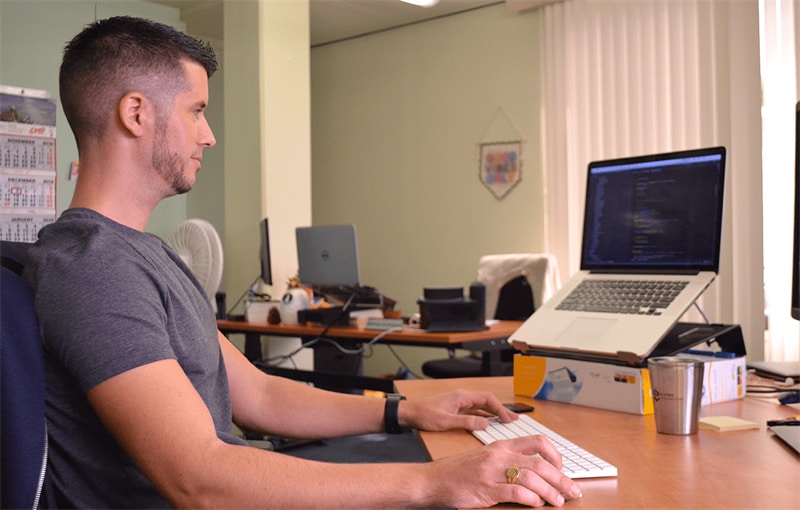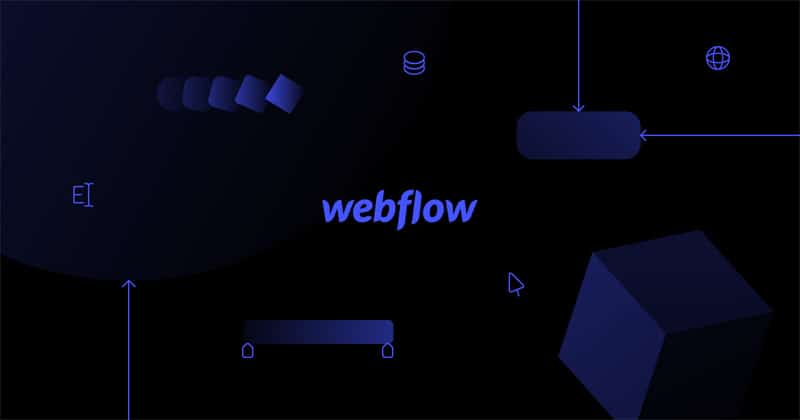
A revolutionary transformation is taking place in the vast world of website creation.
Thanks to the expertise of a Webflow expert, the barriers to traditional web development are breaking down. As these wizards dive deeper into intuitive design and interactive development, they reshape our perceptions and expectations of what websites can be.
The Age of Intuitive Design

Gone are the days when web design was confined to the limits of coding capabilities. Today, web development thrives on the philosophy of “what you see is what you get.” This visual approach to website creation has given rise to platforms where designs can be dragged and dropped into place, animations can be visually crafted, and interactive elements can be added seamlessly.
This doesn't mean that the role of coding has vanished. Instead, it complements the visual design process, allowing for precise tweaks and custom functionalities. Bridging the gap between design and development gives creatives more room to manifest their visions without extensive coding knowledge.
Webflow: The Bridge Between Design and Code
At the forefront of this revolution, there's a platform empowering these wizards to redefine website creation. The platform offers a seamless blend of visual design and code-based functionalities. Its adaptability and intuitive nature are helping to democratize the website creation process.
By providing the tools to craft websites visually, while retaining the capability to inject custom code when required, this platform has been instrumental in fostering a community of web designers who can function as both designers and developers.
How the Wizards Work
There's a method to the magic. The workflow of these experts generally involves:
- Understanding the Vision: Before diving into the design, a Webflow expert focuses on understanding the client's vision. What is the website's purpose? Who is its target audience? The answers to these questions lay the foundation for the entire project.
- Laying Out the Blueprint: Like architects create blueprints for buildings, the wizards begin with wireframes. This skeletal structure gives an outline of where each element would be placed.
- Design and Interaction: The design phase begins with the structure in place. They breathe life into the wireframe, adding colors, typography, images, and animations. But it's not just about making it look good. How users interact with the site is paramount. This means creating responsive designs, ensuring elements react to user interactions, and optimizing navigation paths for the best user experience.
- Optimization: In the digital age, user experience isn't restricted to just design. Loading times, mobile responsiveness, and accessibility are all critical factors. These web wizards ensure that every website they craft performs optimally across various devices and meets accessibility standards.
- Feedback and Iteration: Even after the design seems perfect, there's always room for refinement. Incorporating feedback, testing different elements, and constantly iterating are crucial steps in the process.
The Rising Community of Webflow Experts

As the paradigm of web design shifts, a rising community of experts is forming, eager to share knowledge, resources, and tips. This growing community ensures that the platform evolves, adapts, and continues to meet the ever-changing demands of the digital landscape.
Conclusion
The world of web design and development is experiencing a paradigm shift. The creative minds, often called “Webflow wizards,” are leading this change. They are building websites and crafting experiences, stories, and interactions.
As more people recognize the potential and power of this innovative approach to web creation, the future of web design seems more vibrant and limitless than ever.










